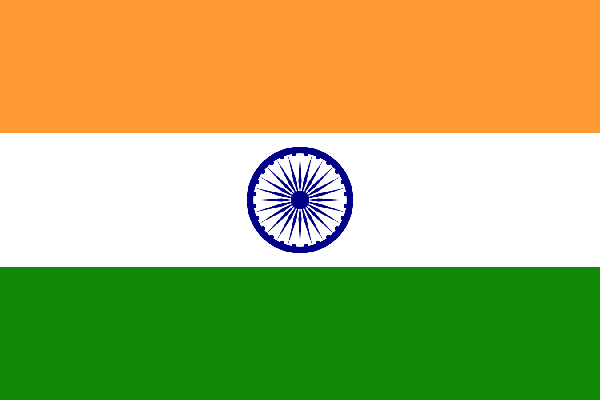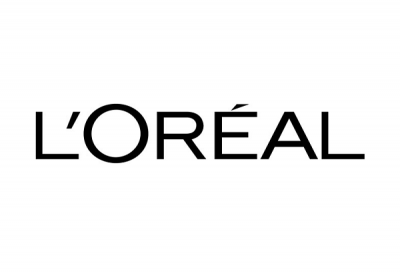Country Spotlight: India
India: the market to watch in the next few years

In this article we will analyse some of the biggest news to come out of the India market in recent months, and analyse how these stories fall in with some of the biggest trends in the industry.
We will also take a look at how regulation is being updated to keep up with the rapid market evolution, which has been a hugely challenging area for many companies trying to break into the market, particularly multinationals.
Double-digit growth across many beauty categories
Indeed, such is the speed of growth in the country, that in 2015 GDP growth of 7.5% meant that India surpassed China’s 6.9% economic growth rate, with a 1.3 billion population underlining the continued potential for business expansion in this vast and still relatively underdeveloped market.
For the cosmetics and personal care market, this means a burgeoning middle class that is experimenting with increasingly sophisticated products, alongside a trickle-down effect that is seeing high-demand in the mass market as consumers expand their personal care regimes to include new products.
According to market research company Mintel, there will be double-digit gains across most beauty and personal care categories in the course of the next five years, pointing to opportunities across the board.
Mintel estimates that the market for cosmetics and personal care was worth an estimated $12.7bn in 2015 and will rise to $13.7bn by the end of 2016, an annual increase of almost 8.0%, with highlights for high category growth likely to be body care, colour cosmetics, facial care and shampoo and conditioners.
Unilever re-enters the hair oils segment
India’s hair care category is likely to be one of the biggest winners, with investment coming in from all sides, including domestic and multinational players.
Conditioners and shampoos are likely to steal the lion’s share of this growth, but Unilever’s announcement that it was re-entering the hair oils segment earlier this year, reinforced the particularly importance this plays in Indian hair care culture.
Hindustan Unilever secured its footing in the segment with the acquisition of ayurvedic hair oils player Indulekha back in April of this year.
Men’s sunscreen launch
The continued development of the India market is also seeing a big surge in men’s grooming products, albeit from a relatively low base.
Underlining the fast pace of product launches is a new men’s sunscreen product that was rolled out by L’Oréal’s Garnier brand earlier in the year.
This is an interesting launch because, not only does it stress the growing sophistication of the men’s grooming offerings in the country, it also demonstrates the rise of another hitherto tiny category, sun care.
Naturals are also on the rise
Although natural and organic is now a mainstay category in the West, in India it is still in its infancy, but there are signs that the category won’t stay dormant for long.
Back in June L’Oréal again chose its Garnier brand to front its attack on this category with the launch of Ultra Blends, a line of natural-based hair care products that includes shampoos, conditioner, cream and oil.
The new hair care also line taps into the Indian tradition of ayurvedic practices, relying on Indian sourced herbs and aromas for the formulation.
STOP! Regulations could mean trouble
However, despite the many opportunities, India remains a difficult country to do business in and scores particularly poorly on new market entry due to extensive regulations and laws that make it particularly difficult for international businesses.
Highlighting this, Indian regulators announced at the end of June that they were looking to make a significant shake up of the Drugs and Cosmetics Bill of 2013.
That bill has now been withdrawn, mainly because of the high rate of innovation and new products hitting the market, with new regulations set to be drawn up specifically to address areas of ambiguity in the 2013 bill.
Regulatory experts are holding out to see if the amendment will make things easier or harder.





![HairRevive [MM+Zn], a powerful solution combating hair aging thanks to Musk Mallow and Zinc](/var/wrbm_gb_food_pharma/storage/images/_aliases/news_teaser/publications/cosmetics/cosmeticsdesign-asia.com/product-innovations/hairrevive-mm-zn-a-powerful-solution-combating-hair-aging-thanks-to-musk-mallow-and-zinc/16555616-1-eng-GB/HairRevive-MM-Zn-a-powerful-solution-combating-hair-aging-thanks-to-Musk-Mallow-and-Zinc.jpg)

![Latest developments from the South Korean beauty market. [Getty Images]](/var/wrbm_gb_food_pharma/storage/images/_aliases/wrbm_tiny/publications/cosmetics/cosmeticsdesign-asia.com/headlines/brand-innovation/korea-focus-able-c-c-kolmar-and-more-in-this-k-beauty-round-up/17357973-1-eng-GB/Korea-focus-Able-C-C-Kolmar-and-more-in-this-K-beauty-round-up.jpg)

![Able C&C has furthered its partnership with Japanese discount chain Daiso with new makeup launch. [A'pieu]](/var/wrbm_gb_food_pharma/storage/images/_aliases/wrbm_tiny/publications/cosmetics/cosmeticsdesign-asia.com/headlines/brand-innovation/a-pieu-and-daiso-launch-exclusive-2-makeup-line/17339117-1-eng-GB/A-pieu-and-Daiso-launch-exclusive-2-makeup-line.jpg)
![Down Under Enterprises is setting sights on the Asian market as environmental sustainability and traceability become increasingly important. [Getty Images]](/var/wrbm_gb_food_pharma/storage/images/_aliases/wrbm_tiny/publications/cosmetics/cosmeticsdesign-asia.com/headlines/market-trends/down-under-enterprises-shifts-focus-to-china-as-environmental-sustainability-traceability-come-into-the-spotlight/17304932-1-eng-GB/Down-Under-Enterprises-shifts-focus-to-China-as-environmental-sustainability-traceability-come-into-the-spotlight.jpg)
![News updates from Shiseido, Dr.Ci:Labo, Sephora, and more. [Shiseido]](/var/wrbm_gb_food_pharma/storage/images/_aliases/wrbm_tiny/publications/cosmetics/cosmeticsdesign-asia.com/headlines/brand-innovation/updates-from-shiseido-dr.ci-labo-sephora-and-more/17334944-1-eng-GB/Updates-from-Shiseido-Dr.Ci-Labo-Sephora-and-more.jpg)

![Clariant has underscored the importance of localisation strategies and distribution capabilities in China with beauty trends evolving at a rapid pace. [Getty Images]](/var/wrbm_gb_food_pharma/storage/images/_aliases/wrbm_tiny/publications/cosmetics/cosmeticsdesign-asia.com/article/2024/04/16/clariant-emphasises-importance-of-localisation-in-the-era-of-viral-trends/17327969-1-eng-GB/Clariant-emphasises-importance-of-localisation-in-the-era-of-viral-trends.jpg)



